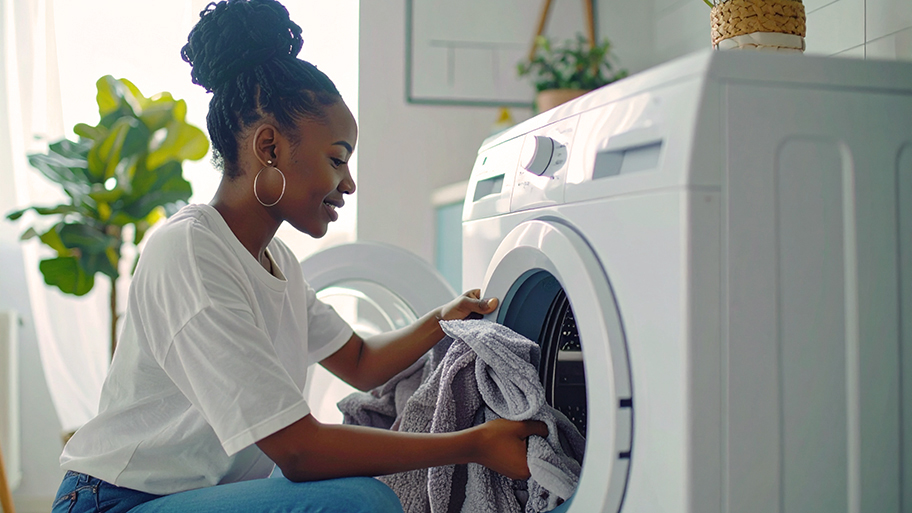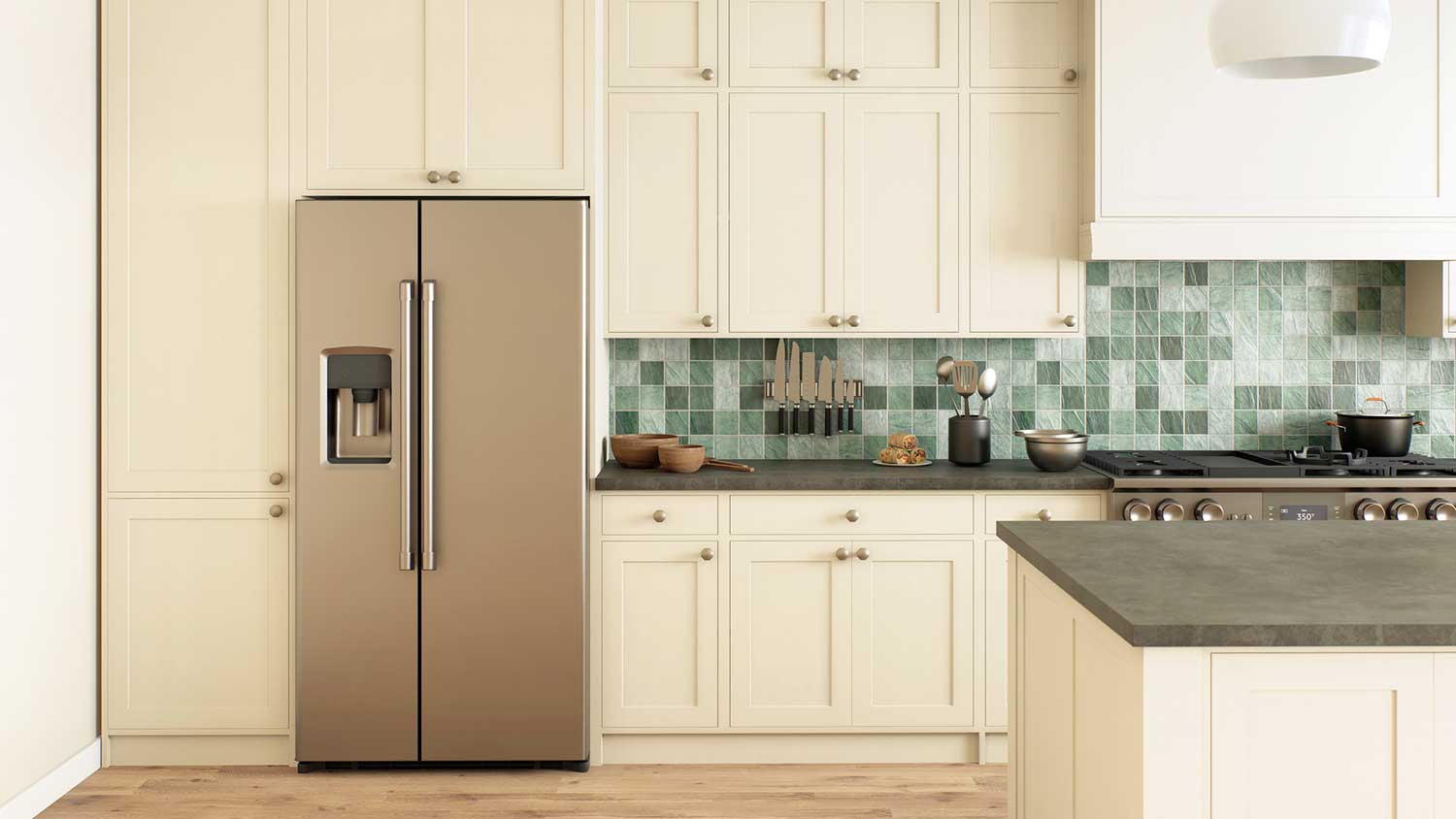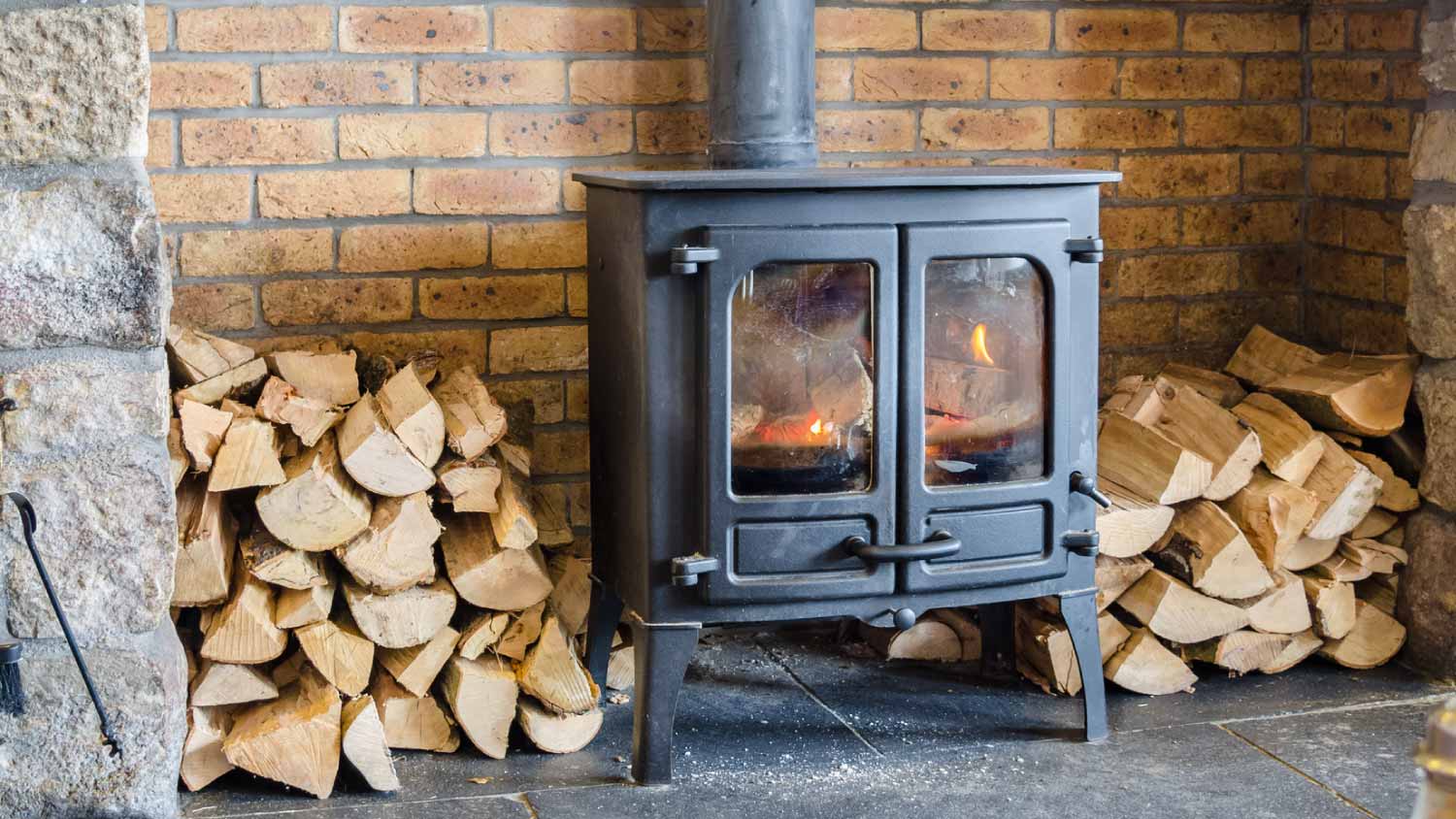
If your dated appliances don't impress, it's time for a refresh. We break down the cost to refinish appliances, including ovens, refrigerators, washers, and more.
Moving washer/dryer hook-ups costs around $1,200, on average, but your price could fall as low as $500 or reach up to $5,000, depending on a few factors.


Costs might approach $5,000 or more if you’re moving the washer/dryer hookups along with the vent and drain line, but they average around $1,200. Installing a new unit is around $50 to $175 per unit. Your trusty washer and dryer see it all—from your ancient afghan to your freshly-cut pair of homemade jorts. That’s why relocating your washer and dryer is an important task—but the cost will vary depending on the availability of outlets and any plumbing issues.
The cost of relocating washer and dryer hookups entails adding several plumbing features, a dryer vent, and electrical outlets. If you’re bringing in a gas-powered dryer, you should factor in the cost to run gas lines as well. You’ll need to consider these expenses in addition to installing the machines themselves.
| Project | Average Cost |
|---|---|
| Cut-off valve installation | $10–$30 per line |
| New drain line | $360–$1,840 |
| New outlets and circuits | $100–$500 per outlet |
| New gas line | $200–$5,000 |
| New dryer vent | $100–$1,000 |
| Repairing drywall | $300–$1,000 |
| Appliance installation | $50–$175 |
A cut-off valve is necessary to stop the water supply for your washing machine. Your washing machine cut-off valve will likely cost around $10 to $30 for each line.
Relocating your washing machine gets trickier when plumbing costs are involved. And one major plumbing cost to relocate your washer and dryer is building a drain line. Depending on how close it is to the existing plumbing, that price could be anywhere between $360 and $1,840.
If you try to tackle this work yourself and make a mistake, you’ll need to get a plumber in pronto. However, costs will be significantly more expensive. Emergency plumbing costs up to three times as much as typical plumbing costs.
Your washer should run on a regular 120v outlet, while dryers need high-powered outlets (~240 volts) to receive the correct power supply. The cost to install a new outlet is around $300 if you need a new outlet for the washer, and about $500 if you need a 240-volt plug for the dryer. (The type of dryer plug on your unit will impact electrical costs.) You also may need to cap an existing gas line, which costs around $125.
If you’re installing a gas dryer, you’ll need to factor in the cost to run gas lines to your new laundry room. Prices vary, but the cost for a new gas line typically falls between $200 to $5,000 or more based on how far you run the lines. Expect to pay around $20 per linear foot.
Dryers need a place to push out that hot air, so don’t forget to consider installing a dryer vent. A new dryer vent costs an average of $100, but can go up to $1,000 depending on how long of a vent is needed.
After you finish installing new hookups, you’ll likely have some minor drywall repair needs. Minor drywall repair can cost as low as $100, and your plumber or electrician may even add this to part of their labor cost. Sometimes when moving your washer and dryer, you’ll uncover mold or water damage that needs further attention. In these cases, it’s best to call a mold remediation pro to test and suggest the best course of action.
Once you’ve set up everything, you’ll have to think about installing the units themselves. If you’re buying new units, many will include installation in the cost. If that’s not the case, you can find an appliance installation service near you and get it done for about $50 to $175 per unit.
Different parts of your home have easier access to plumbing and other utilities, so the cost to move your washer and dryer upstairs will be different from the cost to move them to your garage. Below are a few common choices and their associated costs.
The most common project involves shifting your washer and dryer to a new wall in the same room or a new room on the same floor. In these cases, you’re likely utilizing existing plumbing and electrical and possibly only adding new venting or extending the existing pipes. Expect to pay on the lower end of the cost range, closer to $1,000 to $1,500, depending on the existing connections available.
Moving your washer and dryer upstairs will likely require extending pipes, installing new faucets, and installing a longer drain line. Depending on your setup, you might pay upward of $15,000 to make this happen. A large part of this is due to the cost of installing new washer and dryer hookups.
The cost to move your washer and dryer to the garage or basement is usually between $1,060 and $4,475. This covers installing the hookups, putting in a new drain line, installing a dryer vent, and adding an outlet. If you need to undertake more construction work, such as redoing the flooring or tiling the walls, you might pay anywhere between $2,000 to $15,000.
Additional factors can influence the cost of this project, including:
Adding utility lines
Purchasing necessary parts and materials
Location of installation
Cutting through flooring or foundation
Upgrading or adding an additional appliance
Permits
Delivery and removal

Unless you have proper training, you should get in touch with a professional plumber near you to help you set up the necessary plumbing. Otherwise, you risk catastrophic leaks and a washing machine that won’t cycle correctly (or at all).
The same goes for adding in the proper electrical work. Your plumber may do this, or you will need to phone a local electrician to take care of it. Either way, don’t take matters into your own hands, as you’ll run into electrical dangers that could put your safety or appliances at risk. Especially in a room that sees a lot of water and high heat, the potential risks of electrical shock, water damage, and house fires are high as a result of improper installation.
According to Angi data, the most common service request for an appliance installation is split between a dishwasher and a microwave or oven, both at 17% of customers. Other common appliances homeowners request help installing include washers, dryers, and a refrigerator or freezer.
Home is the most important place on earth, which is why Angi has helped more than 150 million homeowners transform their houses into homes they adore. To help homeowners with their next project, Angi provides readers with the most accurate cost data and upholds strict editorial standards. We extensively research project costs to develop the pricing data you see, so you can make the best decisions for you and your home. We rely on reputable sources, including the U.S. Bureau of Labor Statistics, academic journals, market studies, and interviews with industry experts—all to ensure our prices reflect real-world projects.
Want to help us improve our cost data? Send us a recent project quote to [email protected]. Quotes and personal information will not be shared publicly.
From average costs to expert advice, get all the answers you need to get your job done.

If your dated appliances don't impress, it's time for a refresh. We break down the cost to refinish appliances, including ovens, refrigerators, washers, and more.

Is your washer on the fritz? We’re breaking down common washing machine repair costs to help you prepare to fix it while sticking to your budget.

The cost to install a wall oven depends on several factors, including the type and size of the oven. Get our full wall oven installation cost breakdown.

Let precision in the kitchen protect you from water contamination. Follow these simple steps for installing a dishwasher air gap.

Wondering why your fridge is beeping with the door closed? Learn about the most common reasons and how to fix the problem for good.

If your home smells like a wildfire, it’s time to figure out why your wood burning stove is smoking and how to get rid of the fumes.